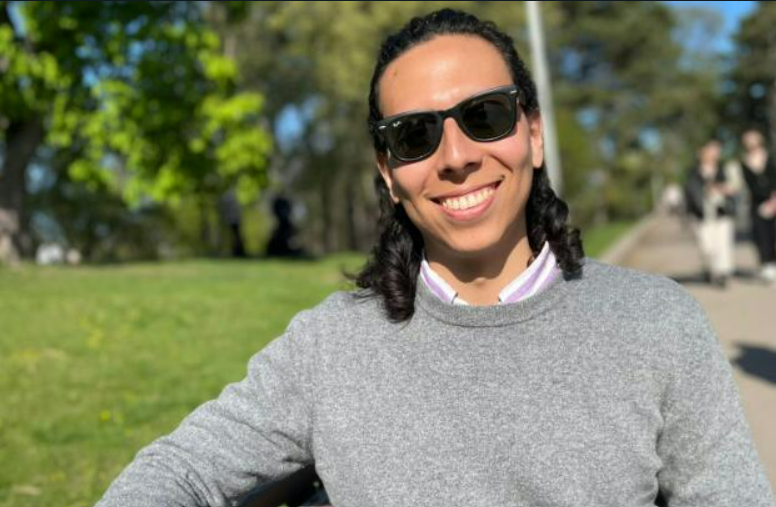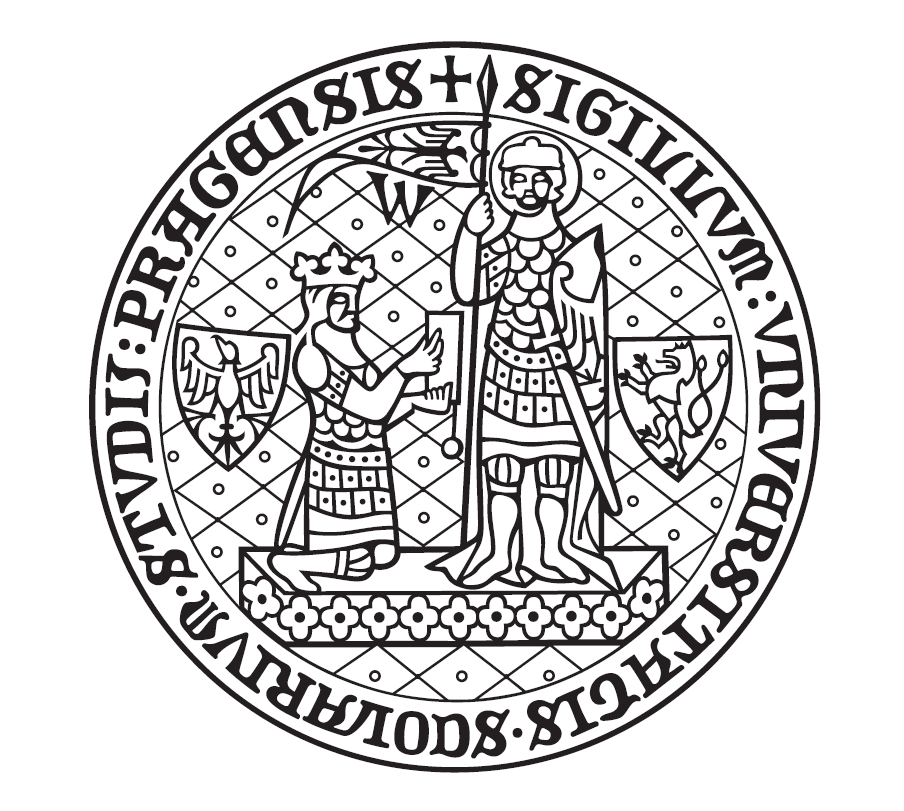General Information

| Student: | G.A. Gamboa Quintero |
|---|---|
| Office: | CoRE 419 |
| School: | Faculty of Mathematics and Physics, Charles University |
| Contact: | guillermo.gamboa@rutgers.edu |
| Project: | Rate-1 Non-malleable codes for polysize circuits |
| Mentor: | Marshall Ball (from NYU) |
I am part of a group of students from Charles University that includes Jan Soukup, Jan Bronec, Svetlana Ivanova, Jáchym Mierva, David Miksanik, David Sychrovsky, Tung Anh Vu, Gaurav Kucheriya and Ilia Zavidnyi.
Project Description
- Non-malleable codes were intorduced as a generalization of error-correcting codes for different classes of tampering functions. The research has branched in two different ways: constructing exmaples of non-malleable codes with respect to particular families of tampering functions or improving the rate of existing constructions of non-malleable codes. In this project, our main goal is to improve the rate of already existing 0-rate non-malleable codes for polysize circuits by using these existing constructions and other tools from cryptography in order to construct a rate compiler and thus, obtain a rate-1 non-malleable code for said family of tampering functions.
Research Log
Week 1 (6/6-10/6)
-
I started by getting familiar with the notions, terminology and main results involving our topic of research. I also met with my supervisor to establish a work plan and determine which notions are the most important for me to focus on and understand.
Week 2 (13/6-17/6)
-
We realized that the reduction we were planning on using in order to break the PRG through an interactive proof scheme does not work for a certain type of tampering. We must now come up with a new reduction to break the PRG and also use the already existing construction of non-malleable codes for polysize circuits.
Week 3 (20/6-24/6)
-
I spent the week reading articles that presented compilers for other types of tampering (bit-wise tampering and permutations, 2-state split tampering) in order to gather ideas to build a simulator for our class of tampering functions. I also studied the type of hybrids used in these cases in order to understand how their reductions work.
Week 4 (27/6-1/7)
-
I tried to design the hybrids to prove that the simulator that we have designed and the tampering experiment are statistically close. However, it is not very clear to us how we will implement the tag and how we lose dependence on the message in the last hybrid before arriving to the simulator.
Week 5 (4/7-8/7)
-
I have been dealing with some health complications and I could not really focus on working on the project with Marshall.
Week 6 (11/7-13/7)
-
I had to leave the REU22 program prematurely so I could return to Prague due to health reasons.
Acknowledgements
-
This work was carried out while the author G.A. Gamboa Quintero was a participant in the 2022 DIMACS REU program, supported by CoSP, a project funded by European Union’s Horizon 2020 research and innovation programme, grant agreement No. 823748.

